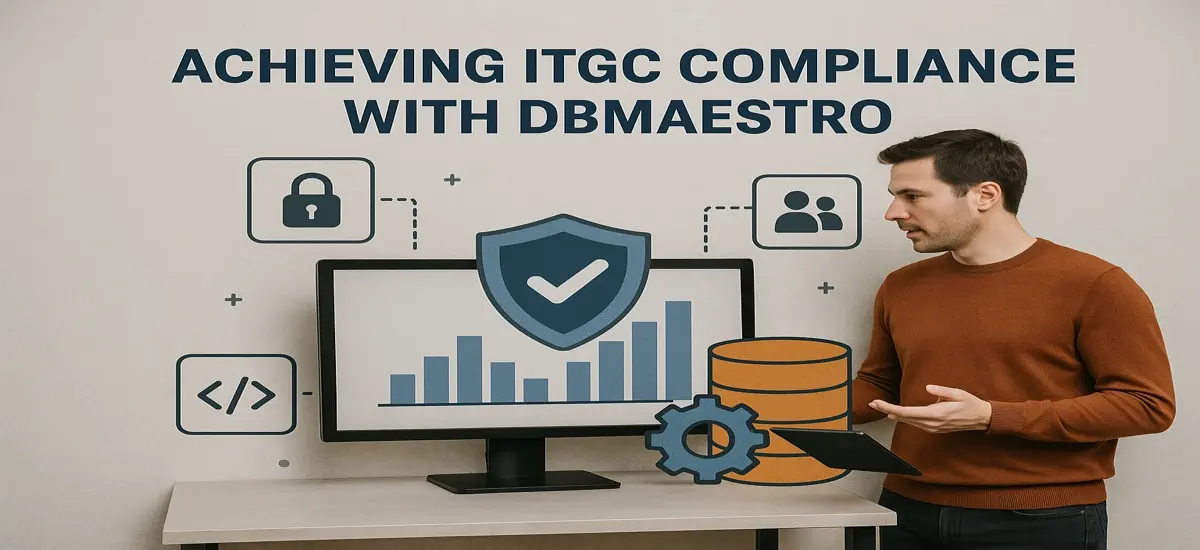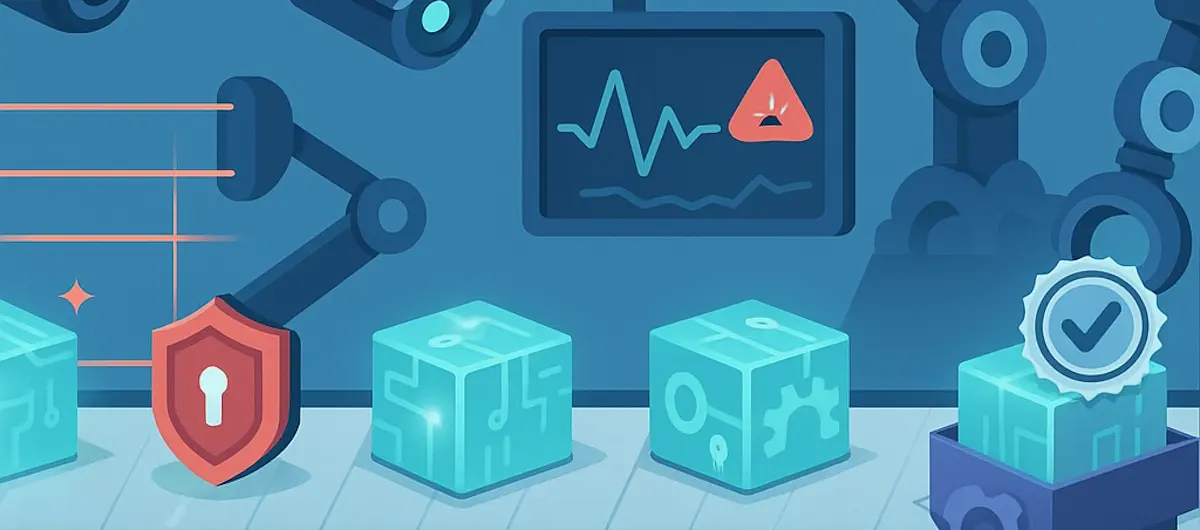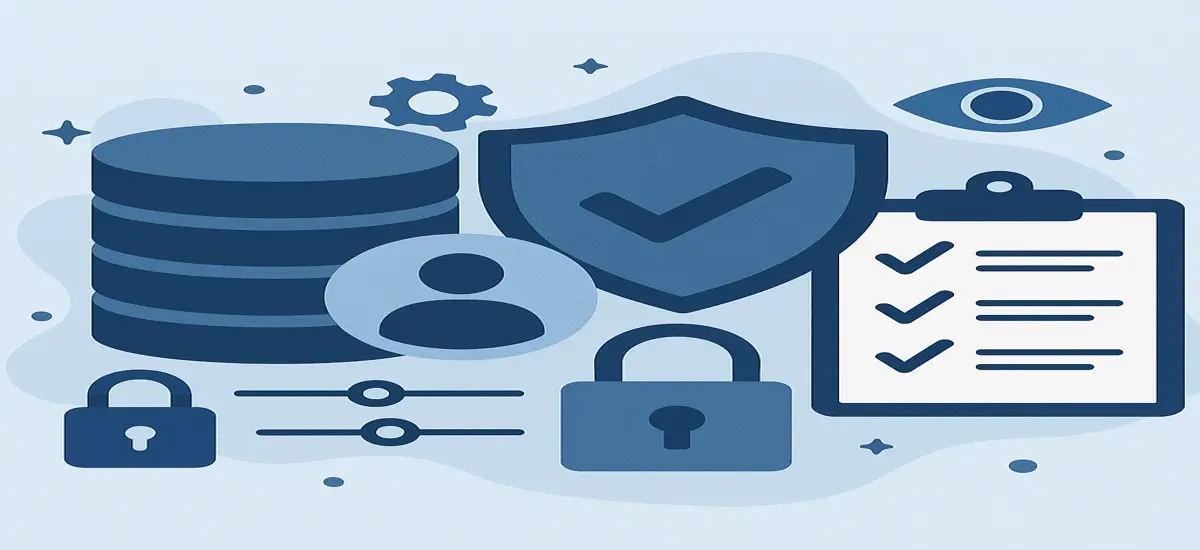What happens when you don’t include your database in DevOps? Many companies, including enterprises, are doing a poor job at incorporating database management in their move to DevOps, resulting in horror stories that are fascinating to hear about but not so much fun to experience. What can your company do to avoid a similar fate?
In this webinar, Yaniv Yehuda, CTO & cofounder of DBmaestro, examines a common and potentially harmful DevOps implementation approach. Listen to the webinar to discover solutions that will improve security and synergy while minimizing the chance of expensive and embarrassing system crashes.
“Enterprise DevOps adoption isn’t mandatory— but neither is survival.”
Gene Kim, The Wall Street Journal, CIO Journal, May 22nd, 2014
Am I doing the right DevOps thing?
DevOps offers faster time to market than traditional practices, as well as the creation of repeatable processes. This is particularly useful in the complex environments that are the norm for large organizations. As a result, enterprises that use DevOps gain the competitiveness that is necessary for survival.
But is this really happening? This webinar shows that, in fact, many companies are cutting corners in the process of DevOps implementation. A recent survey shows that applying DevOps to databases is lagging behind applying it to application development. In terms of the DevOps philosophy, which is based on gradual adoption, culture change, and holistic processes, leaving the database out is a cardinal sin.
If I ignore it, will it go away?
The webinar explains how things have only become more urgent since the days of Waterfall, which exposed the conflict between dev team priorities (speed, meeting deadlines) and DBA responsibilities (caution and security), often resulting in a slower process. In an Agile environment, where releases are more frequent, there is even more pressure on DBAs.
How bad is the problem?
Surveys of enterprises show that their release schedule is only going to get busier in the coming year, but this webinar reveals that many of them are headed for trouble. We’ll take a look at the levels of cooperation between DBAs and other teams, and how this affects the risk rate. The webinar also examines how the frequency of database changes relates to the frequency of crashes. You guessed it: when you don’t have the right process, and you have less time to validate, then more releases equals more errors.
True stories of database DevOps disaster
By not giving the database the attention it requires, enterprises are asking for trouble. Through several tales of actual enterprise emergencies, this webinar shows just how bad it can get; listen in to hear true stories about 36 hours of trouble for a major bank, a junior developer’s first day ending in a potential lawsuit, and production drift getting exposed during a live webinar.
If having a coffee in the morning doesn’t wake you up, try deleting a table in a production database instead.
— Juozas Kaziukėnas (@juokaz) November 16, 2017
Better late than never
If your enterprise has followed the path away from full DevOps deployment, it’s still not too late to head off real database problems. The webinar examines end-to-end database automation that provides a full set of features that seamlessly handles the process from development to deployment. Applying DevOps to the database can be accomplished with synergistic components that enable efficient database process management while improving agility and speed.
We’ll look at the four key components of this system: release automation, version control, database security and governance, and business activity monitoring. The benefits of database DevOps include an accelerated application release cycle; increased efficiency of development and DBA teams; improved security, policy compliance, and transparent audits of databases; and the support of multi-database enterprise environments.
Want to better understand how your business can avoid a similar horror story? Watch the webinar on demand today to make sure you’re not the next victim of a database disaster.

![Webinar Recap] Security, Policy & Drift: Getting Database Risk Under Control in Release Automation | DBmaestro blog](https://www.dbmaestro.com/wp-content/wpsc-media/2018/08/Database-Automation-_in-the-Finance-Industry-blog-1-1.webp)


